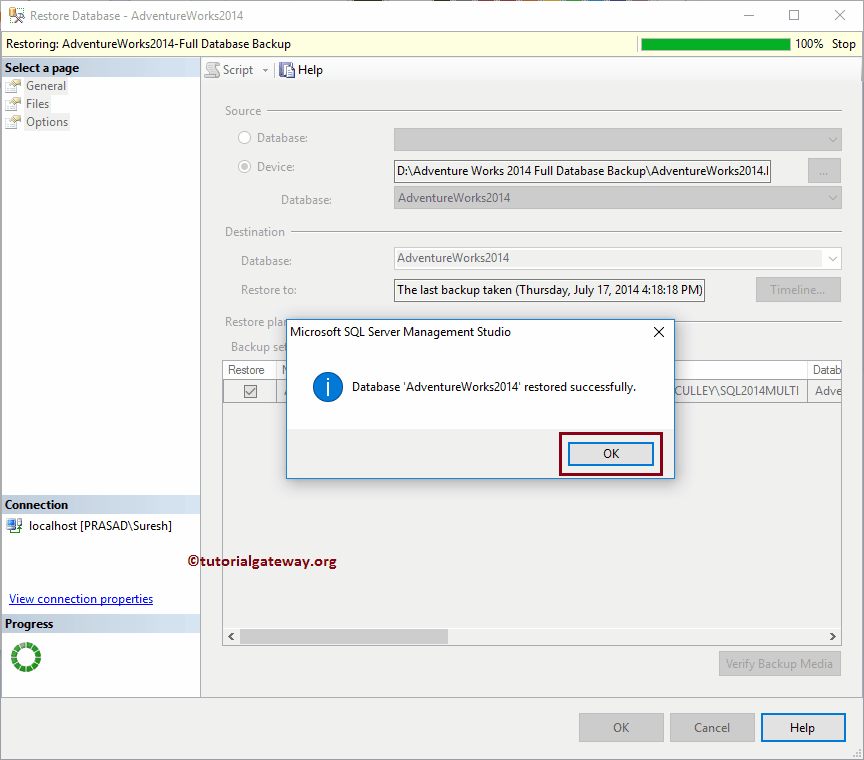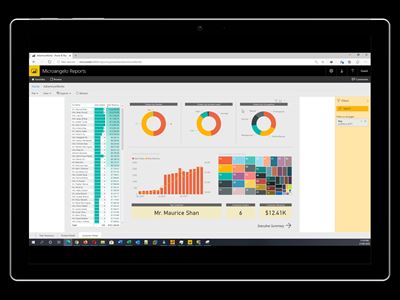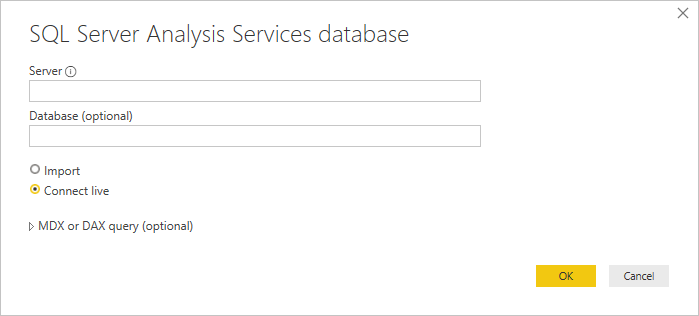



In essence, a recovery model defines what you’re going to do with the transaction log data. In order to begin working on backups, the business needs define a database recovery model. After reading this, you should be able to set up a reasonable set of backups for your system. At best, I’m going to scratch the surface and give you enough information so you won’t start crying again. While this article is focused on 2005 syntax, most of the concepts are applicable to 2000. SQL Backups can be created a number of ways and can incorporate all or some of the data, as well as some part of the transaction log. Microsoft, in SQL Server Books Online, defines backups as:Ī copy of data that is used to restore and recover data after a system failure There are things you can do to protect the SQL Server data under your care and one of the most important is running regular database backups.
Adventureworks database online code#
That’s right the entire business is in your capable hands, running on that server that doesn’t ever crash, with all those end users that don’t ever make mistakes using applications, built by those developers who write faultless code the first time, every time, with the able assistance of that new co-op that has ‘ sa‘ privileges thanks to your boss. Within most organizations the person responsible for protecting data is the database administrator… you. In the opening chapter of Craig Mullin’s book, Database Administration, he says “In many ways, business today is data”. SQL Server 2005 Backups - Simple Talk Skip to content


 0 kommentar(er)
0 kommentar(er)
